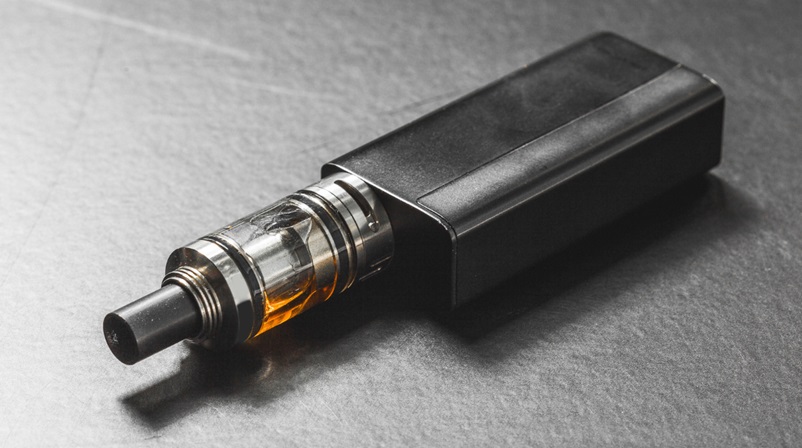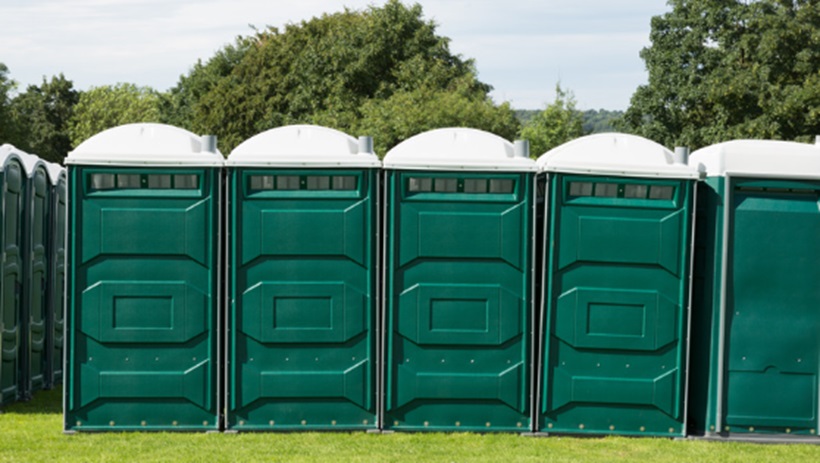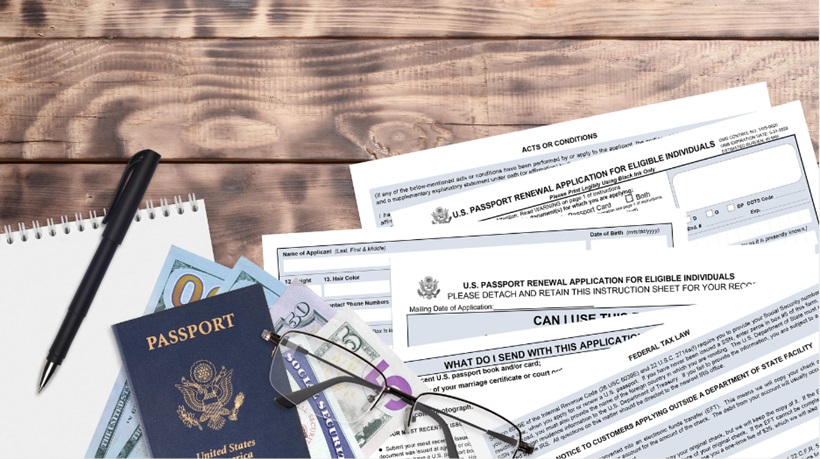Did you know that color can affect your emotions and actions? This is referred to as color psychology — a useful tool that can have an influence on how you perceive and react to an environment. Color can be important to design in the workplace, and for good reason. Different colors can boost the aesthetic characteristics of an office space, as well as the attitude and productivity of individuals.
For example, green is believed to be the easiest color on the eyes, which makes it the best shade for people who work long hours. Alert workers and less eye fatigue mean higher efficiency. Commonly found in nature, this hue also relaxes the mind and body and stimulates healthy living. A great way to incorporate this color into an office is by adding indoor plants. Not only does the live vegetation provide a sense of calm, but it also adds a health boost by purifying the air.
From floor to cubicle, to the meeting room and beyond, color psychology can be employed to develop an office space that is motivational and inspiring. For more ideas on how you can incorporate various shades to increase performance in the workplace, see the accompanying resource.











